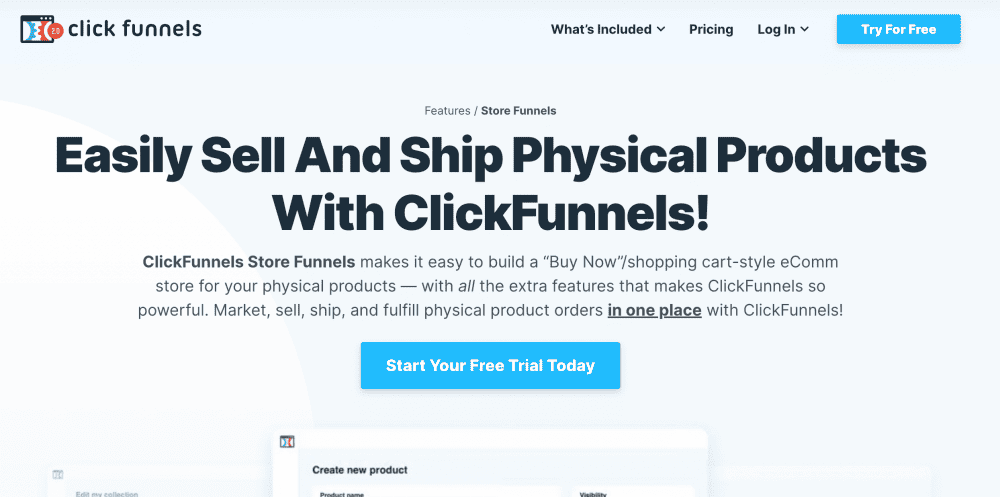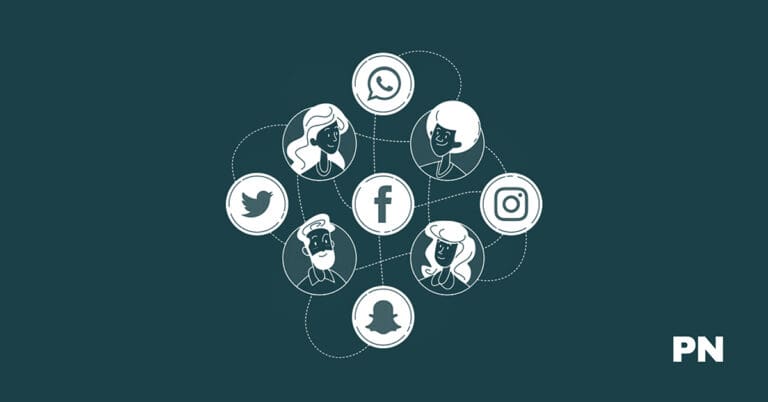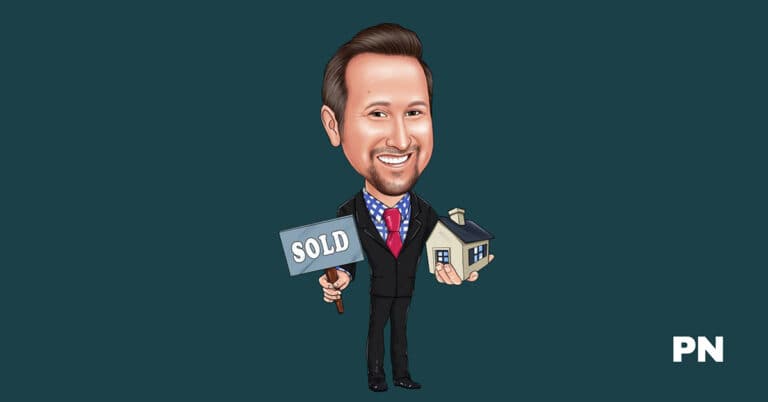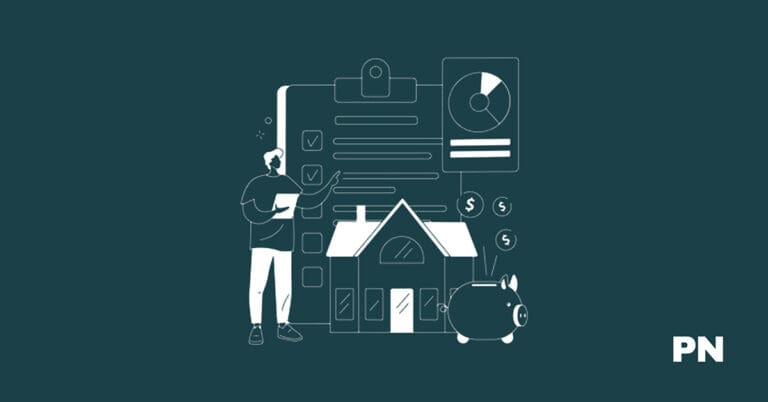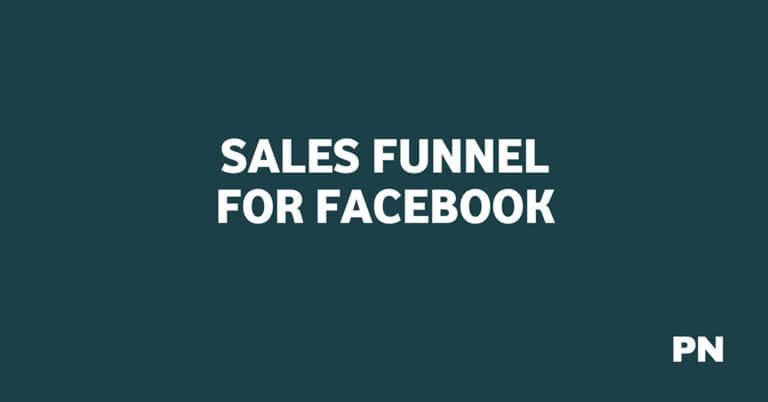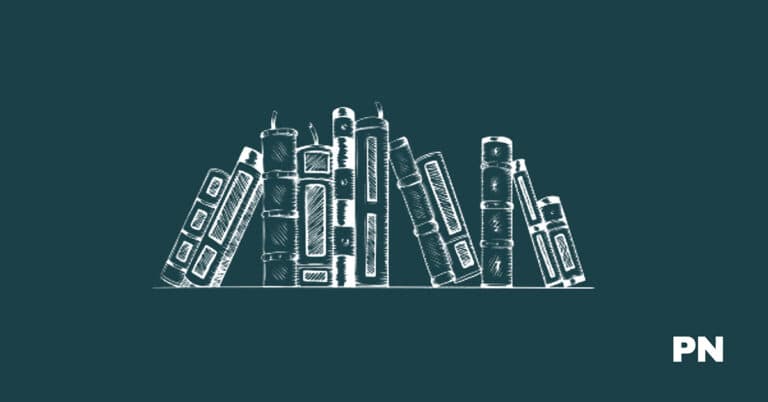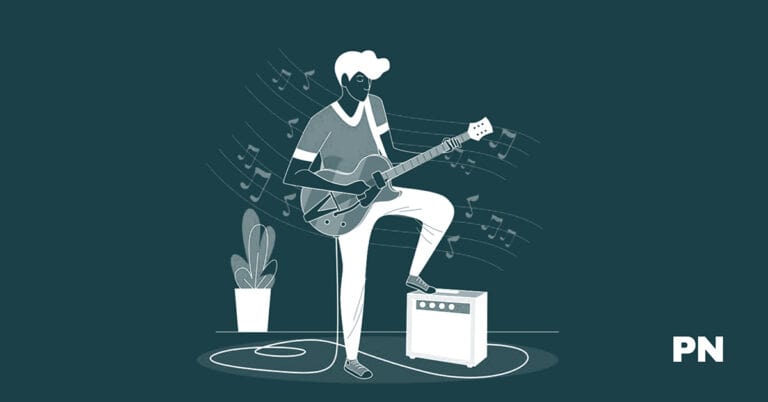Sales Funnel for E-commerce: A Comprehensive Guide
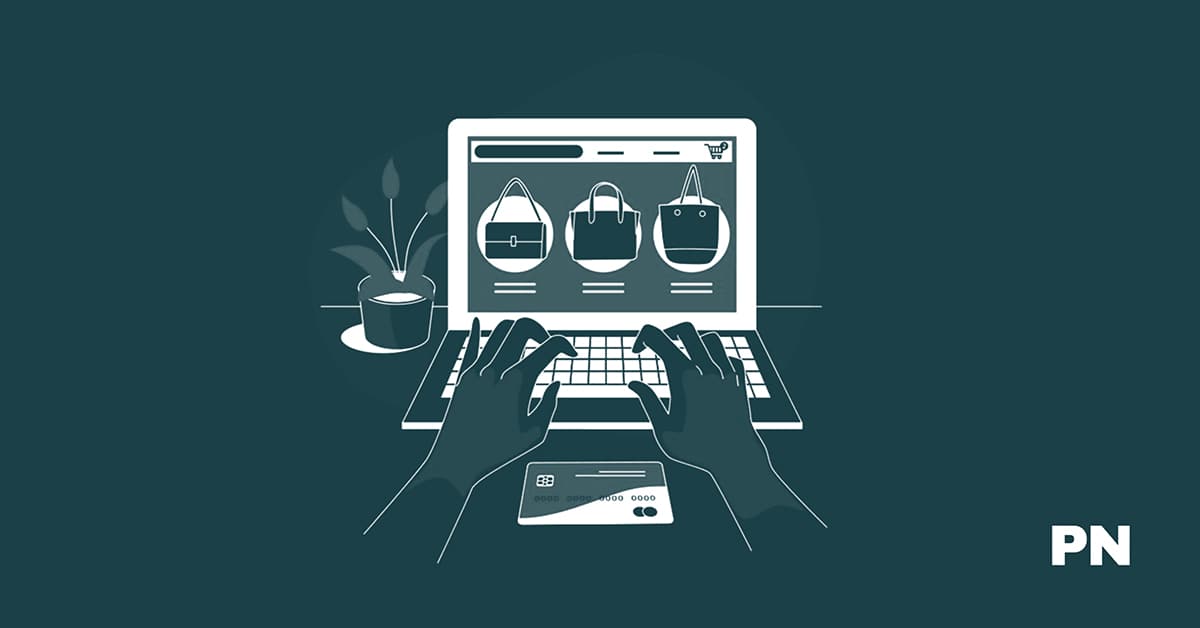
Sales funnels are an essential part of any successful e-commerce business.
They guide potential customers through the purchasing process, making it easier for them to decide. In fact, according to research, companies that use sales funnels can increase their revenue by up to 300%.
However, many people are still confused about what a sales funnel is and how it works.
Some believe that sales funnels are just a fancy term for a marketing strategy, while others think they’re a complicated process that only big companies can use.
The truth is that sales funnels are simple yet effective tools that any e-commerce business can use to increase its sales and revenue.
In this guide, I’ll examine sales funnels for e-commerce and how you can use them to grow your business.
I’ll also cover everything from the basics to advanced strategies for optimizing your funnel and increasing conversion rates.
What is an E-commerce Sales Funnel?
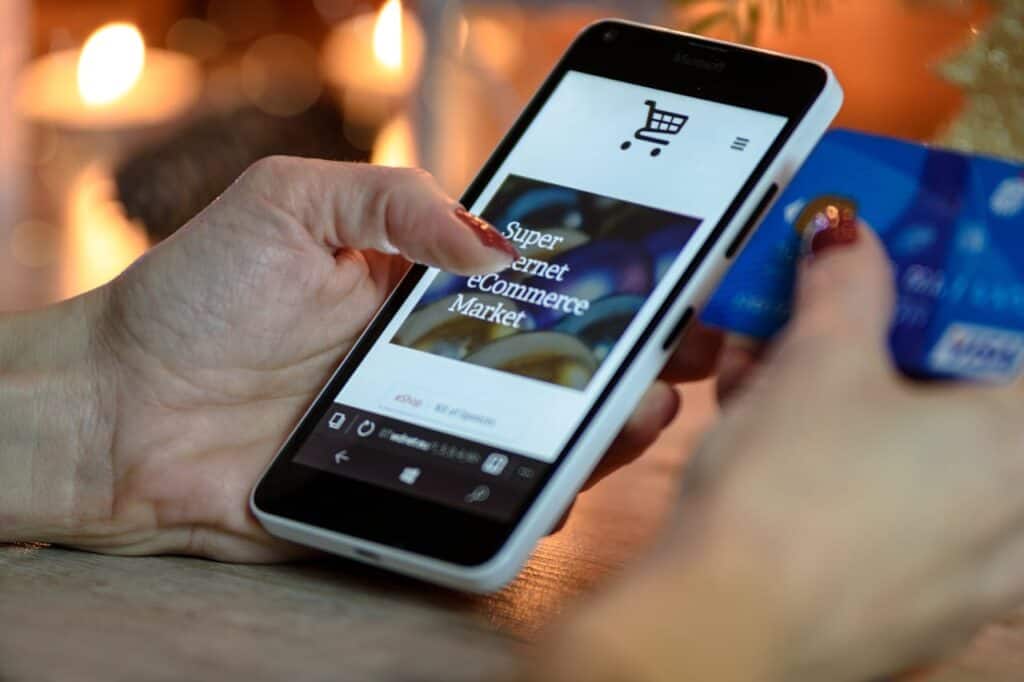
An e-commerce sales funnel is a visual representation of the customer journey from the initial stage of awareness to the final stage of purchasing. It takes a potential customer through different stages of the buying process to convert them into a paying customer.
The sales funnel typically consists of four stages: Awareness, Interest, Decision, and Action. Each stage is critical in moving the customer closer to making a purchase.
Here is a breakdown of each stage of the e-commerce sales funnel:
- Awareness: At this stage, the customer becomes aware of your brand, product, or service. This may happen through various marketing channels, such as social media, search engines, or email marketing. This stage aims to grab customers’ attention and interest them in your product.
- Interest: In this stage, the customer has shown some interest in your product. They may have visited your website, read your blog, or engaged with your social media posts. This stage aims to nurture the customer’s interest and provide more information about your product.
- Decision: At this stage, the customer is considering making a purchase. They may have added your product to their cart but are still weighing their options. This stage aims to convince customers that your product is their best option.
- Action: This is the final stage of the sales funnel, where the customer purchases. This stage aims to make the purchasing process as easy as possible for the customer, ensuring a smooth transaction and a positive experience.
By understanding the different stages of the e-commerce sales funnel, you can create a strategy that targets each stage and moves the customer closer to purchasing.
Why You Need an Ecommerce Sales Funnel?
As an e-commerce business owner, you must understand the importance of an effective sales funnel.
A sales funnel is a series of steps potential customers go through before purchasing. It is a crucial part of your online business that helps you convert your website visitors into paying customers.
Here are some reasons why you need an e-commerce sales funnel:
1. Increase Sales
One of the main reasons you need an e-commerce sales funnel is to increase your sales. A well-designed sales funnel can help you guide your potential customers through the buying process, making it easier for them to purchase.
You can increase your chances of making a sale by providing your customers with a seamless buying experience.
2. Improve Customer Experience
An effective sales funnel can also help you improve your customer experience. By providing your customers with a clear and easy-to-follow path to purchase, you can reduce the chances of them getting confused or frustrated.
This can help you build trust with your customers and improve their overall experience with your brand.
3. Targeted Marketing
Another benefit of an e-commerce sales funnel is that it allows you to target your marketing efforts effectively.
By understanding the different stages of your sales funnel, you can create targeted marketing campaigns designed to appeal to customers at each stage. This can help you increase conversion rates and improve your return on investment (ROI).
Stages of the E-commerce Funnel
In e-commerce, a sales funnel is a series of steps potential customers take when interacting with your website. These steps generally include awareness, consideration, and conversion.
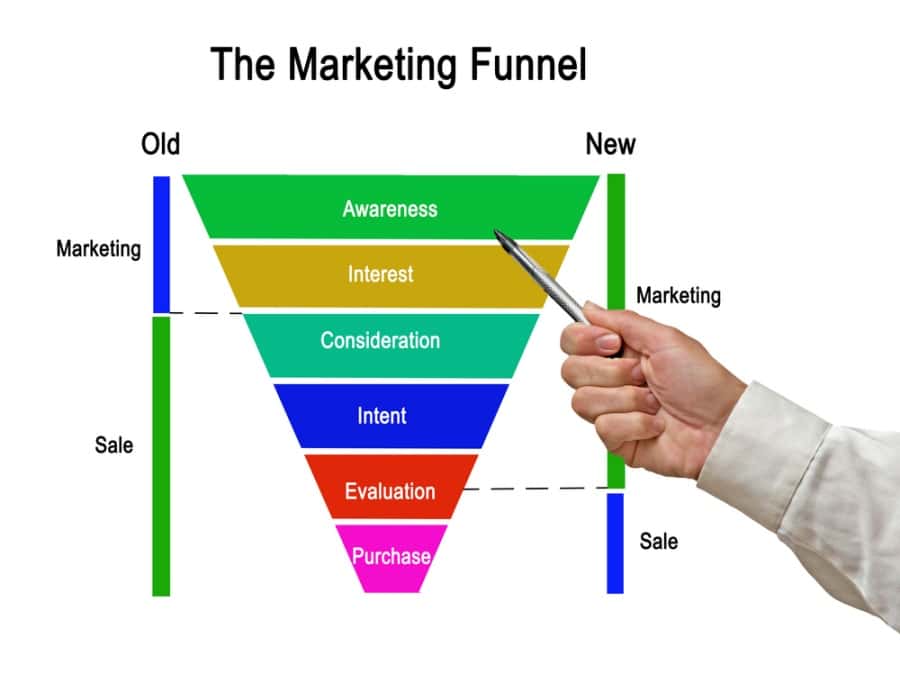
The purpose of a funnel is to move customers through the different stages, from the initial point of contact to the point of purchase.
The Awareness Stage (Top of the Funnel, TOFU)
At the top of the funnel, customers are in the awareness stage. This is where they are just becoming aware of your brand and what you offer. Your goal at this stage is to grab their attention and interest them in what you offer.
During this stage, you can use various tactics to attract potential customers. For example, you can use social media, content marketing, and paid advertising to get your brand in front of more people.
The Consideration/Evaluation Stage (MOFU)
The consideration/evaluation stage is when customers consider whether or not they want to make a purchase. They evaluate the options available to them and try to decide which one best fits their needs.
At this stage, you must give customers all the information they need to make an informed decision. This can include product descriptions, reviews, and comparisons to other products.
Purchase Stage (Bottom Of The Funnel)
The purchase stage is where customers are ready to make a purchase. They have evaluated their options and decided that your product best fits their needs.
At this stage, it is important to make the purchasing process as easy and seamless as possible. This can involve having a clear and easy-to-use checkout process, offering multiple payment options, and providing excellent customer support.
Post-Purchase Stage
After a customer makes a purchase, you must focus on post-purchase activities. These include order confirmation emails, shipping notifications, and follow-up surveys.
These activities are important because they help build customer trust and loyalty. By providing excellent post-purchase support, you can encourage repeat purchases and turn customers into brand advocates.
Repeat Purchase Stage
The final stage of the e-commerce funnel is the repeat purchase stage. This is where customers become loyal fans of your brand and continue to purchase from you over time.
To encourage repeat purchases, you must continue providing excellent customer support and offering high-quality products. You can also use tactics like loyalty programs and personalized recommendations to keep customers engaged and returning for more.
How Do I Create an E-commerce Sales Funnel?
Creating an e-commerce sales funnel is crucial in driving conversions and growing your business.
Here are some steps to follow when creating your own e-commerce sales funnel:
- Define Your Target Audience: Defining your target audience is essential in creating an effective e-commerce sales funnel. It helps you reach the right people and drive conversions. When you know your target audience, you can create an effective conversion strategy that will resonate with them.
- Map Out Your E-commerce Site: The secret of an effective sales funnel lies in your online store. Start by mapping and visualizing the path your potential customers must go through. This helps you make the purchasing process more accessible and more streamlined. Make sure your website is easy to navigate and the products are displayed in an organized and attractive manner.
- Create Awareness: The first stage of an e-commerce funnel is creating awareness. This means getting your brand in front of potential customers. You can do this through social media, email marketing, and advertising. Make sure your messaging is consistent and resonates with your target audience.
- Drive Consideration: Once potential customers know your brand, the next step is to drive consideration. This means getting them to consider your products and services. You can offer discounts, create urgency, and showcase customer reviews.
- Encourage Conversion: The final stage of an e-commerce funnel is encouraging conversion. This means getting potential customers to make a purchase. You can offer a seamless checkout process, clear product descriptions, and multiple payment options.
Following these steps, you can create an effective e-commerce sales funnel that drives conversions and grows your business. Remember to continually analyze and optimize your funnel to ensure it is always effective.
What is The Best Funnel Software For E-Commerce?
Regarding e-commerce businesses, ClickFunnels is the best sales funnel software available. It offers many features that help e-commerce entrepreneurs build sales funnels faster and easily scale their businesses.
One of the critical features of ClickFunnels is its e-commerce and storefront capabilities.
It allows you to easily add upsells and downsells to your funnel, increasing your average order value. ClickFunnels also integrates with various shopping carts and checkout systems, making managing your sales and orders easy.
Also, ClickFunnels offers a variety of complimentary funnel templates specifically designed for e-commerce businesses. These customizable templates provide a great starting point for entrepreneurs who want to create a sales funnel quickly.
ClickFunnels also provides a robust CRM system for managing customer relationships effectively. The platform tracks customer behavior and engagement, making it easy to identify opportunities for upselling and cross-selling.
ClickFunnels provides robust analytics tools that help you measure the effectiveness of your sales funnel.
The platform offers detailed metrics on conversion rates, traffic sources, and more, allowing you to make data-driven decisions to optimize your funnel and grow your business.
Frequently Asked Questions
What is a funnel in ecommerce?
A funnel in ecommerce refers to a series of steps a potential customer goes through before making a purchase. It is a marketing strategy that directs potential customers towards a specific goal, usually a purchase.
An ecommerce sales funnel aims to increase the conversion rate of visitors to customers.
What are the key stages in developing an e-commerce sales funnel?
There are four key stages in developing an e-commerce sales funnel: awareness, interest, decision, and action.
In the awareness stage, potential customers become aware of your brand and products. In the interest stage, they start to show interest in your products. In the decision stage, they decide whether or not to make a purchase. In the action stage, they make a purchase.
How do you create an effective ecommerce sales funnel?
To create an effective ecommerce sales funnel, you must understand your target audience and their needs.
It would be best to create a compelling value proposition that addresses their pain points. In addition, you should use persuasive copy and design to guide potential customers through the funnel.
Optimizing your funnel for higher conversion rates by testing and refining each stage would be best.
How can I optimize my e-commerce funnel for higher conversion rates?
It would be best to improve each stage to optimize your e-commerce funnel for higher conversion rates.
This can include improving the design and copy of your landing pages, reducing the number of steps in the checkout process, and offering incentives such as free shipping or discounts.
You should also track and analyze key metrics such as conversion rates, bounce rates, and average order value to identify areas for improvement.
What metrics are crucial for analyzing the performance of an e-commerce funnel?
The metrics crucial for analyzing an e-commerce funnel’s performance include conversion rate, bounce rate, average order value, and customer lifetime value.
The conversion rate measures the percentage of visitors who make a purchase, while the bounce rate measures the percentage of visitors who leave your site without taking any action. Average order value measures the average amount spent by each customer, while lifetime value measures the total amount spent by each customer over their lifetime.
What are the stages of the eCommerce funnel?
The stages of the ecommerce funnel are awareness, interest, decision, and action. In the awareness stage, potential customers become aware of your brand and products. In the interest stage, they start to show interest in your products. In the decision stage, they decide whether or not to make a purchase. In the action stage, they make a purchase.
How do industry benchmarks influence e-commerce conversion funnel performance?
Industry benchmarks can be used to compare your e-commerce conversion funnel performance against your competitors.
By analyzing industry benchmarks, you can identify areas for improvement and set realistic goals for your funnel. However, it is essential to remember that industry benchmarks are just a guide and should not be used as the sole measure of success.
Wrapping Up
In conclusion, developing a sales funnel is crucial to any e-commerce business. It helps attract potential customers, nurture them, and eventually convert them into loyal ones.
By understanding your target audience and their needs, you can create a sales funnel that caters to their specific requirements.
To create an effective e-commerce sales funnel, it is essential to keep in mind the following best practices:
- Use Facebook ads to attract potential customers.
- Offer lead magnets to generate leads.
- Incorporate upsells, downsells, and order bumps to increase sales.
- Follow up with customers through email sequences and cart abandonment reminders.
- Use transactional emails to improve customer experience.
By implementing these best practices, you can create a sales funnel that maximizes conversions and boosts your bottom line.
Remember, a successful e-commerce sales funnel takes time and effort to develop. It requires continuous optimization and testing to ensure it performs at its best. But with the right strategy, you can create a sales funnel that drives traffic, generates leads, and increases sales.
So, take the time to develop a sales funnel tailored to your business and your customers. With a little effort, you can create a funnel that converts like crazy and takes your e-commerce business to the next level.
Disclosure: We may earn commissions if you buy via links on our website. Commissions don’t affect our opinions or evaluations. We’re also an independent affiliate of many platforms, including ClickFunnels, Kartra, GoHighLevel, Podia, Northwest Registered Agent, and others. We’re not employees of these services. We receive referral payments from them, and the opinions expressed here are our own and are not official statements of these companies.
